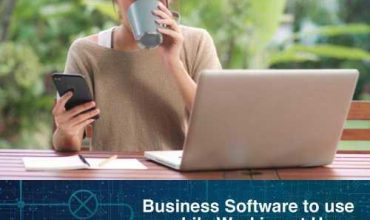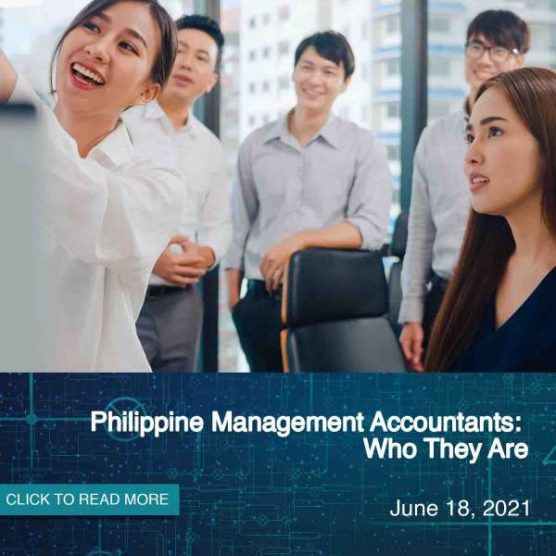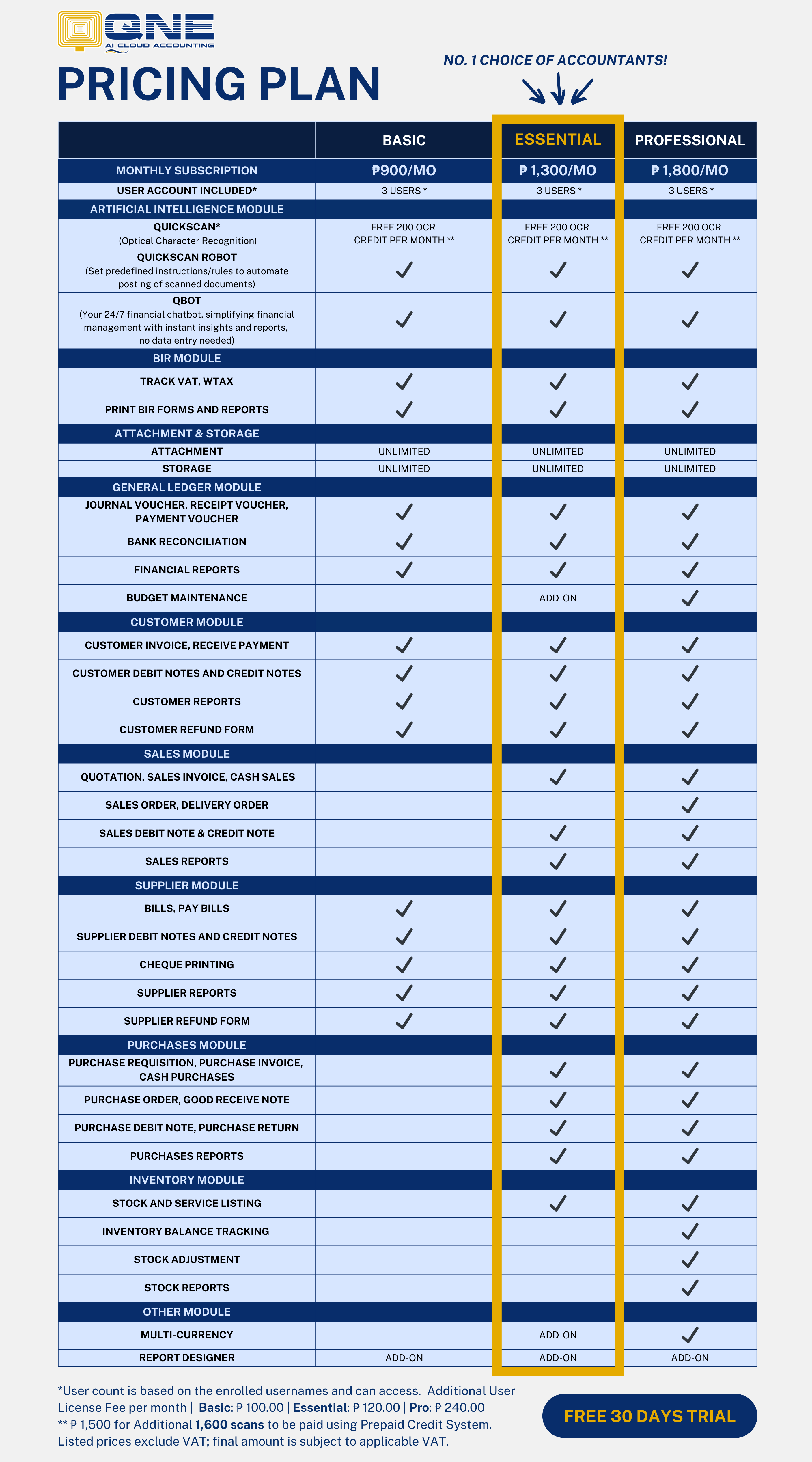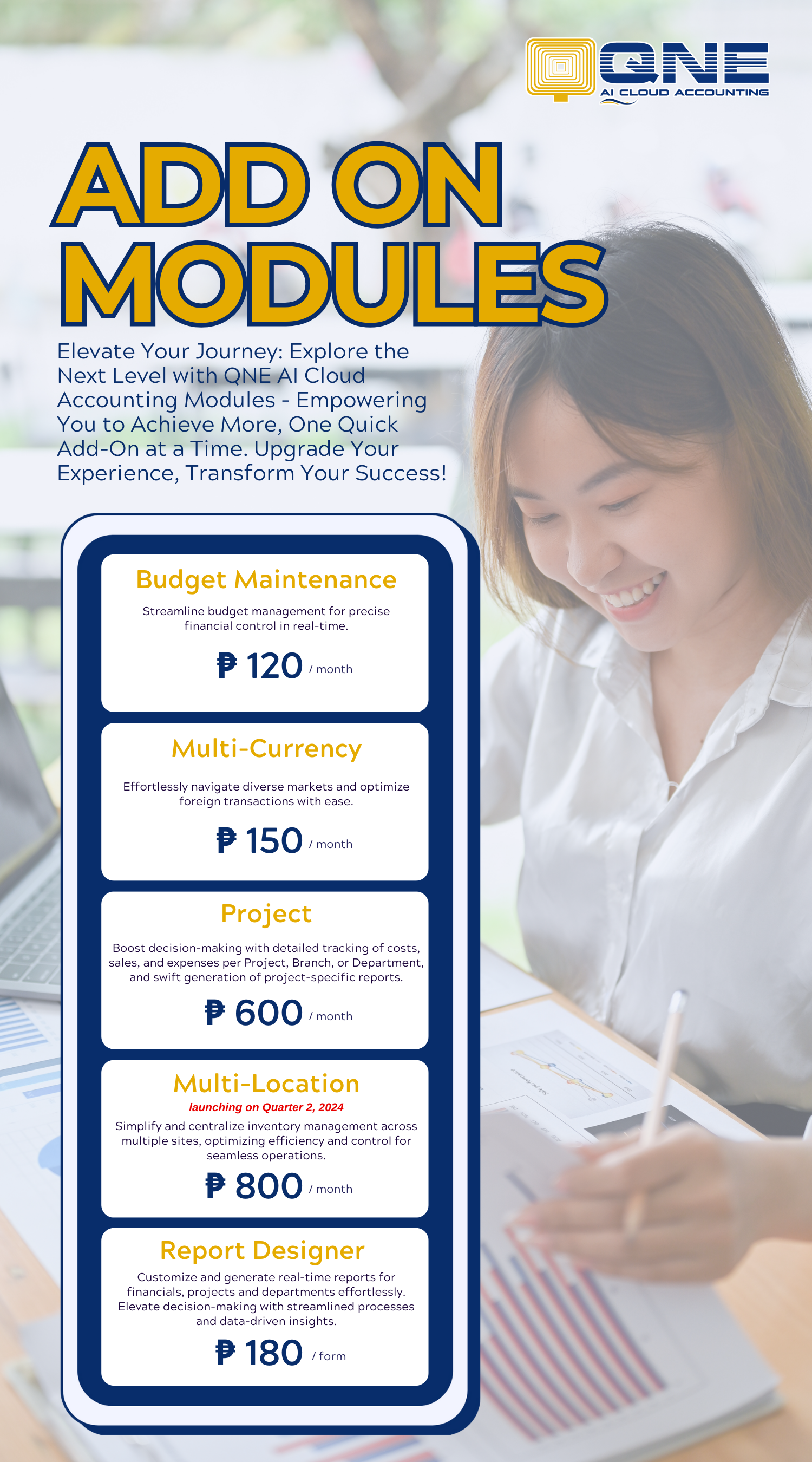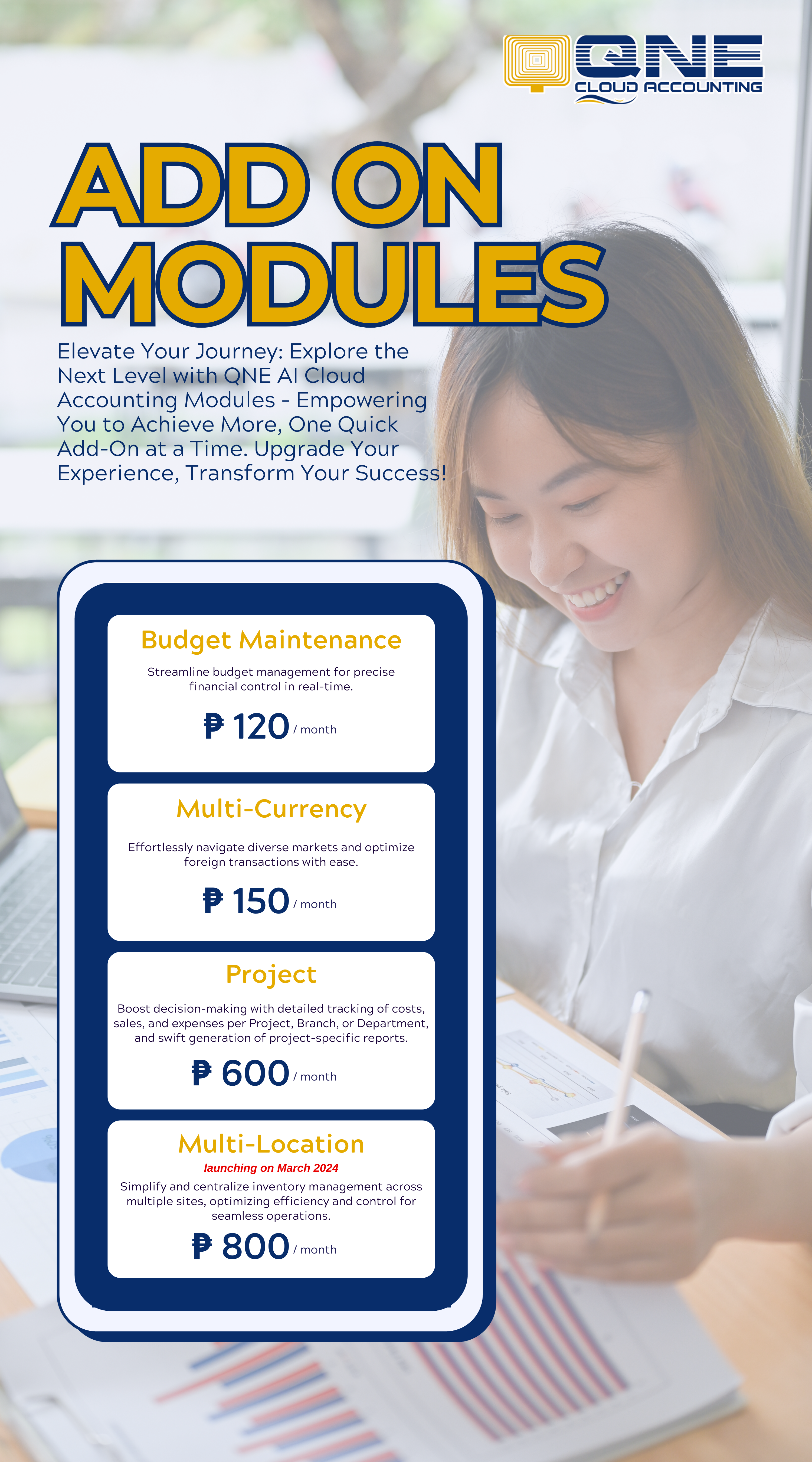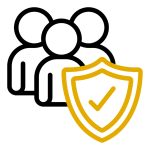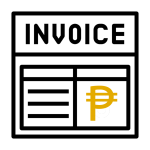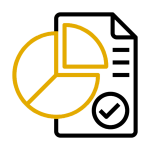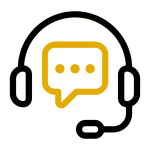WORK FROM HOME PRODUCTIVITY
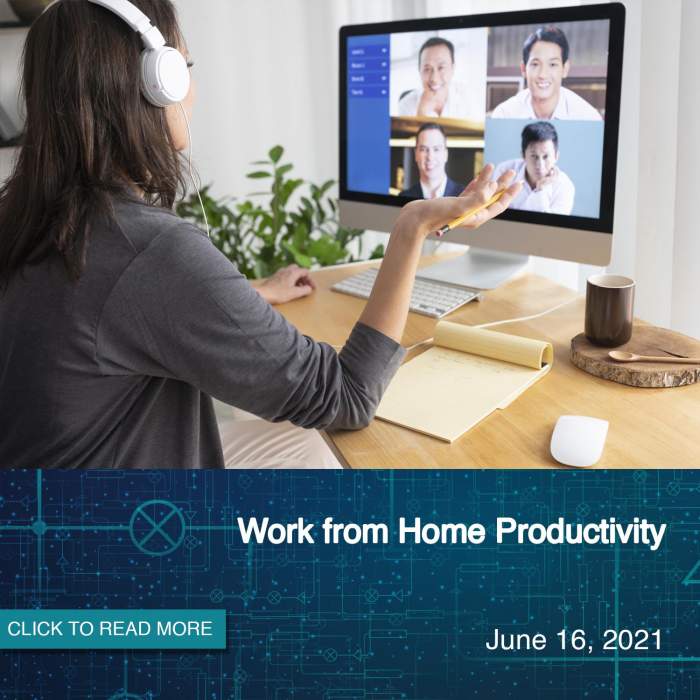

Chapter 1: Working from Home is What You Make of It
It’s been more than a year since you started working from home. Well, it can be tiring most of the time. But there are two ways this can go. One option is that you work like so many other people who are confined to home offices. That means you’ll spend a huge part of your day procrastinating before you actually get anything done, which will result in work spilling over into your evening. You’ll go to bed with work still in your head, feeling stressed and behind. Meaning you’ll wake up the next day and start work in your sleep wear – no bathing and sometimes no eating.
Without someone looking over your shoulder or structuring your day, it’s all too easy to fall into bad habits. You make yourself that morning cup of coffee, you check your emails, you read Facebook… and did Facebook and Netflix the whole day without noticing the time! It feels like freedom at first, and it’s a great feeling not having to rush out of the door and commute to work.
But as a result, you end up with no structure. You spend all of your day “half working” and you spend all your time in your room.
So, what is the other option?
The other option is that you grasp this opportunity with both hands: that you apply a little strategy and discipline. Most importantly: you gain the correct mindset that will help you to tackle this unique challenge in the best way possible.
And what does all that mean?
It means that you can now finish your day’s work in less time. Because let’s face it: most of us wasted hours in the office on meetings and chatting around the water cooler or inside a break room! It means that you have no commute either, meaning that you probably just gained 2-4 hours of extra time every single day.
The best part is that you can start applying a little “lifestyle design.” That means working in the way you want to work: working the hours that you like, and even from different locations. Why not do an extra work throughout the week so that you can have Fridays off?
All this is possible when you work from home, whether you are freelancing or employed by a large organization. All you need is to approach this in the right way, and with the right state of mind.
Chapter 2: How to Plan Your Working Day to Get More Done
Planning or having a plan on how your day will go will make a huge impact to your ability to get your tasks done. But without your managers or team leaders to watch over your shoulder, you might find allowing yourself a little extra luxury and time than it is ideal. That in turn could mean you end up procrastinating to the point where you fall behind before you’ve even started!
Have you ever heard of “Eating a Whole Frog”, “1-minute Rule” or “To-dos” Techniques?
Eat the Whole Frog
“If your job is to eat a frog, then you should do that first thing in the morning. If your job is to eat two frogs, then you should eat the biggest and ugliest one first.” – Mark Twain We are not telling you eat a frog but basically what he’s saying here, is that you should do the biggest and ugliest task first.
This is important, because it means you’re providing the most value as quickly as possible. The biggest task is the one that will probably get you paid the most, that will win over clients the most… and it also means that is no longer hanging over you.
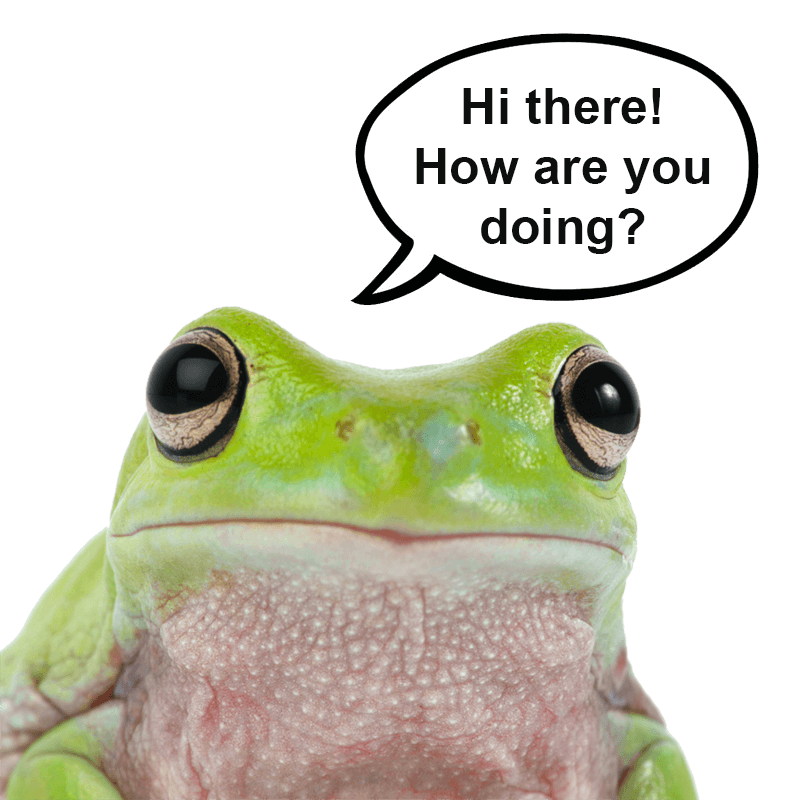
So instead of setting is aside, just get it out of the way! This also works as great training as it builds great habits.
This simple rule will allow you to be as productive as possible.
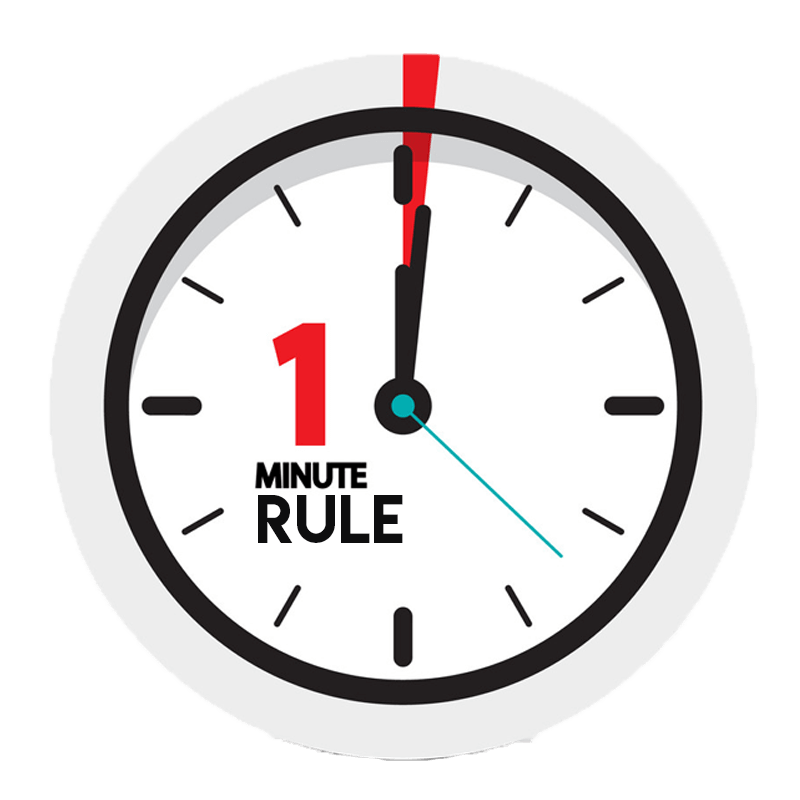
The 1 Minute Rule
For instance, if you should find yourself needing to complete a task that will only take one minute, then you should tick that off as soon as you possibly can. Tim Ferriss calls the kinds of small tasks that play on your mind “open loops.”
These “open loops” or small tasks take one minute or less, but you put them off because of many reasons. But here’s the thing: those issues aren’t going to go away. And the longer they hang over you, the more they are going to cause you stress and anxiety!
In other words, you should just do them right away. If they take one minute, then they aren’t really going to eat into your day. But once they’re done, that’s one thing less on your mind. And it becomes that much easier to just focus on the work that you need to get done!
This doesn’t just apply to your work either: it likewise applies to chores and things you need to do around the house.
BUT there is an EXCEPTION to the one-minute rule. When you are deep in work. If you are working in a very focused manner toward completing a specific task or goal, then you should not allow small things like emails to steal your attention away.
Remember that our brains are not physically capable of multitasking, and instead work by switching between tasks!
TO-DO’s
What about those jobs that are going to take 2-3 minutes? Or the 20-minute jobs?
Well, jobs that are large enough to be considered actual tasks will simply be queued up behind your one big task in descending order. You’ll complete your biggest and ugliest “frog” first, and the second biggest and ugliest frog second.
For those niggling to-dos, the best option is to put them on a to-do list. Once you do this, you clear them out of your headspace, allowing you to focus more on the big task at hand. The best part, is that you can now designate some time within your day in order to tackle those issues.

For instance, you can spend 20 minutes at the end of each working day making sure to work through small to-dos to make sure these tasks wouldn’t pile up the following days.
But of course, at the end of the day, these rules are not set in stone. Different people work differently, and the best strategy for you may depend on the type of work you prefer.
The key is to apply strict rules, make sure that you don’t end up overwhelmed by tasks as they come in. This in turn allows you to work during more defined hours, and avoid letting your work spill over into your downtime. All that can be game changing.
Chapter 3: How to Motivate Yourself to Work
Either eating the frog first or doing the 1-minute rule, it’s not always easy to stay on track the whole day. Especially when you are tempted to browse on social media like Facebook, Instagram, watch one episode on Netflix or even grab a snack. This is the time when you need some productivity hacks!
- Rewarding Yourself
Setting small prize for every small goals you achieve can really help you push yourself into doing more tasks than you can image. A simple coffee or snack for every chunk of work done or even a dinner set for a weekly achievement will do.

“I deserve this” rewarding system can be an effective example for this hack but of course you also need to watch how you spend to avoid overspending with your reward system.
- Leave Tasks Unfinished
Wait, this is supposed to be a productivity hack. Why am I telling you to leave your tasks unfinished? Well, most of us would try to finish all the works before the day ends but we can add one more like starting one task that we need to do for tomorrow and leave it undone. In this case, you don’t have to start and stare at a blank paper or screen but instead you have something that you already started and needs finishing.
- Overcoming Writers’ Block
Writer’s block isn’t only for writers. This affects anyone and everyone who would experience a shock-like state where you really don’t know what to do or when to start. But what do you do? One thing is for sure, JUST DO IT! Not the tagline of a brand but all you need to do is to start working. It doesn’t matter how poor the quality of your work is, this will help you get into the “flow”. And when you have the eureka moment and overcome your block, you can always check on the works you have done and make it better.
- Prepping for Work
When you’re making cups of coffee or browsing during your free time, you can still actually “work” in your head. Properly resting and enjoying yourself will make you much more productive. We are not advising you to this on your evenings or weekends but if you have a lot to finish and you have the opportunity to do it, why not prepare and think about it? Prep and pick up describes how you can set the conditions for productivity prior to the point where you actually need to do the work, and then simply execute on your plan when the time comes.
- Creating Accountability
Since you don’t need to regularly update on your tasks unless it’s the deadline and without anyone looking over your shoulder, you can easily give in to some leisure. A leisure that will later on take on your whole day – week or even month. With this, you need to create accountability. One way to reintroduce that accountability, is create natural incentive and accountability by setting stricter deadlines! This not only gives you a precise target, but helps you stick to that target.
Chapter 4: Finding the Inspiration…The Key to Incredible Productivity
The most important key ingredient for doing lots of great work, is to be passionate and inspired by your work.
Inspiration is different from motivation. Motivation is being able to push yourself to work even when you don’t want to. But inspiration means having ideas for how you want your project to turn out. It means visualizing it when it’s complete, and it means wanting to get back to work to put those ideas and plans into action. When you are inspired by work, it becomes intrinsically motivating. That means that you want to do it for its own sake.

One way to accomplish this, is to think about the type of work you’re doing. If you find that you are consistently being given tasks that you find dull or boring, or that you really can’t be excited about, then perhaps it is time to assess whether you’re in the right line of work. Should you consider changing jobs? Because when you find work you really love, you’ll find you become instantly more productive and better at working. Now of course, changing jobs won’t be an option for everyone. You might not have this luxury. Moreover, even if you love your job, there will be still be tasks and jobs that you don’t love. No one loves every single part of their job! So another thing to do, is to try and look at whatever it is you’re doing, and then make it more interesting.
So if there is a particular task you need to do, find a way to gamify it, or to make it something you are more passionate about. Look at more inspirational examples of the work that you’re doing, try to understand the craft and the artistry that can go into the best examples of that work, and then find a way to turn it into something that you can feel pride in and get excited to do.
Going back to the example of the writer, many writers find they struggle with writers’ block when they reach specific scenes. They get “stuck” on a scene and find they procrastinate around writing it. Often, they will eventually push through. So why did they get stuck in the first place, and what can they – and you – learn from that?
This same concept can be applied to many different dull tasks. Assigned with a website to build that you really don’t feel all that interested in building?
Then think about ways you can go above and beyond with the design, so that it becomes something truly special. You’ll get more work done because you’ll be keen to get to work on it, and the client will be more satisfied with the result! Entering data? This is much harder, but if you view it as a challenge, and if you think about how focused you can be, then this can help to make the task more inherently interesting.
If you love what you do, then you’ll be more than happy to put in extra time.
Chapter 5: Optimizing your Health and Wellbeing
To read the continuation of the article, please come back on July 7, 2021. For the meantime, try and digest the tips given on the previous chapters in order to have a Productive Work from Home setup. Thank you! Stay Home and Stay Safe!
CONTENTS:
CHAPTER 5: Optimizing Your Health and Wellbeing
CHAPTER 6: Creating the Perfect Home Office
CHAPTER 7: The Best Productivity Apps and Gadgets
CHAPTER 8: Best Online Jobs




